
How Fast Does an Electric Scooter Go: Scooter Speeds Explained
Curious about how fast an electric scooter goes? On average, most electric scooters reach speeds between 15 to 30 miles per hour (24-48 km/h), making them perfect for urban commuting.
Your actual speed will depend on the model you choose—standard commuter scooters typically max out at 15-25 mph, while high-performance models can reach significantly higher speeds. Many riders find that around 18 mph provides the sweet spot between excitement and safety for everyday use.
Want to know which speed is right for your lifestyle and what factors affect your scooter's performance? Read on to find your perfect pace!
Typical Electric Scooter Speed Ranges

Electric scooters come in different speed categories to match various needs, from leisurely neighborhood rides to high-speed commuting alternatives.
Entry-Level Scooters (15-20 mph)
These basic scooters are perfect for beginners and casual riders. Most have a top speed of about 15-18 mph, which feels pretty zippy when you're standing on a small platform!
Entry-level models usually come with:
- 250W-350W motors
- Smaller batteries
- Simpler construction
These scooters work great for short trips around the neighborhood or campus. They're light enough to carry up stairs and won't break your budget.
The speed is safe for bike lanes and sidewalks where allowed. Your typical range might be 10-15 miles on a charge.
Commuter Scooters (20-30 mph)
The sweet spot for daily riders! These scooters hit speeds between 20-30 mph, making them quick enough for urban travel without being scary fast.
The isinwheel® S9Max Electric Scooter offers an excellent commuter option with its powerful motor and comfortable 20+ mph cruising speed. Its dual suspension system and extended range make it perfect for daily urban travel without sacrificing comfort or practicality.
These scooters typically feature dual suspension, bigger batteries, and motors in the 500W-1000W range. You'll get better range too, often 25-40 miles per charge.
At these speeds, you can keep up with city traffic in many areas. Most riders find 25 mph to be a good balance of excitement and safety. You should always wear a helmet at these speeds and watch for road hazards.
Performance Scooters (30-60+ mph)
These powerful machines are for experienced riders who want serious speed! Performance scooters can reach highway speeds and require proper safety gear.
These scooters pack dual motors totaling 2000W-8000W of power. They feature motorcycle-grade components, advanced suspension systems, and powerful brakes.
With great speed comes responsibility! These scooters require proper riding skills and full safety gear.
Many can hit 0-30 mph in just seconds. Their batteries can deliver ranges of 40-70+ miles, letting you take longer adventures without recharging.
E-Scooter Legal Speed Limits & Regulations in the UK
Electric scooters in the UK must follow specific regulations. Understanding these rules keeps you safe and helps avoid penalties.
Common Speed Restrictions in the UK
In the UK, privately owned e-scooters remain illegal for use on public roads, cycle lanes, and pavements. However, rental e-scooters in government-approved trial areas are legal with specific restrictions.
These legal rental e-scooters are limited to a maximum speed of 15.5 mph (25 km/h), though many local authorities impose lower limits of 12.5 mph (20 km/h) in their trial areas. Some zones may further restrict speeds to walking pace in pedestrian-heavy areas.
Riders must stay on roads or cycle lanes and are prohibited from using pavements. Only roads with speed limits of 30 mph or lower are permitted for e-scooter use.
Speed Limiters & Factory Settings
UK-approved rental e-scooters come with mandatory speed limiters that prevent exceeding legal maximums. These technological safeguards ensure compliance with national and local regulations.
Most rental schemes offer different riding modes:
- Beginner Mode: Typically restricts speed to around 6-8 mph
- Standard Mode: Usually caps at 12.5 mph in most trial areas
- Maximum Mode: Limited to 15.5 mph where locally permitted
Many rental operators utilize geo-fencing technology to automatically reduce speeds in busy areas, near schools, or pedestrian zones. Some systems will even prevent e-scooters from operating in prohibited areas.
Consequences of Exceeding Legal Limits
Using a privately owned e-scooter on public roads can result in penalty points on your driving licence, a fine, and vehicle seizure.
For legal rental e-scooters, exceeding speed limits or violating usage rules may lead to fines and account suspension from rental services.
If caught speeding or riding dangerously, you could face:
- Fixed penalty notices typically ranging from £50 to £300
- Points on your driving licence
- Potential prosecution under traffic laws
In case of accidents while breaking speed regulations, you might face increased liability, insurance complications, and more severe legal consequences.
Police actively enforce e-scooter regulations in trial areas. Responsible riding within speed limits protects both you and others sharing public spaces.
Factors Affecting Electric Scooter Speed
isinwheel® GT2 Off Road Electric Scooter 1200W
Your electric scooter's top speed depends on several key elements working together. These factors can either boost your speed or slow you down, which is why two identical scooters might perform differently for different riders.
Motor Power (Watts & Torque)
The motor is the heart of your electric scooter. Most budget scooters have 250W-350W motors, while mid-range models offer 500W-750W power. High-performance scooters pack 1000W motors or even dual motors totaling 2000W+.
More watts mean more speed and better hill-climbing ability. A 250W motor typically reaches 15 mph, while a 500W motor can hit 20 mph on flat ground. Powerful 1000W motors can push past 30 mph!
Torque matters too. It determines how quickly your scooter accelerates and how well it climbs hills. Higher torque motors help heavy riders maintain speed and conquer steep inclines that might stall weaker scooters.
When picking a scooter, think about your needs. Commuting on flat roads? A 350W motor works fine. Tackling hills? Look for at least 500W.
Battery Specifications (Voltage & Capacity)
Your battery's voltage directly affects speed. Higher voltage = faster top speed. For example:
- 24V batteries → 10-15 mph
- 36V batteries → 15-20 mph
- 48V batteries → 20-25 mph
- 52V+ batteries → 25+ mph
Battery capacity (measured in Ah or Wh) determines your range, not speed.
However, as batteries drain, performance drops. A nearly empty battery might reduce your top speed by 10-20%.
Battery quality matters too. Good battery management systems prevent voltage sag during acceleration. This helps maintain consistent speed even when the battery isn't fully charged.
Lithium-ion batteries generally perform better than lead-acid ones, providing more consistent power throughout their discharge cycle.
Rider Weight & Load Capacity
Your weight significantly impacts your scooter's performance. Every scooter has a maximum load capacity, usually between 220-330 lbs.
Heavier riders will experience:
- Slower acceleration
- Lower top speeds (sometimes 3-5 mph less than advertised)
- Reduced range
- Poorer hill-climbing ability
A 150 lb rider on a 500W scooter might easily reach the advertised top speed of 20 mph. But a 250 lb rider on the same scooter might max out at 16-17 mph.
Adding cargo weight affects performance too. Backpacks, groceries, or other items count toward total weight.
For best performance, try to stay well below the maximum weight limit of your scooter.
Tire Type, Size & Pressure
Your tires greatly affect speed and ride quality. There are three main types:
Solid tires:
- Lower rolling resistance = slightly higher speed
- No flats but poor shock absorption
- Less grip in wet conditions
Pneumatic (air-filled) tires:
- Better traction and comfort
- Slightly lower top speeds due to rolling resistance
- Proper inflation is crucial for optimal speed
Honeycomb/tubeless tires:
-
Middle ground between solid and pneumatic
Tire size matters too. Larger wheels (10"+) generally maintain speed better over rough terrain. Smaller wheels (8" or less) may reach higher top speeds on smooth surfaces but slow down more on bumpy roads.
Always check your tire pressure! Low pressure creates drag that can reduce your top speed by 2-3 mph.
Terrain & Riding Surface
Your riding environment dramatically affects speed. Here's how different surfaces impact performance:
|
Surface Type |
Speed Impact |
|
Smooth asphalt |
Fastest (100% of max speed) |
|
Concrete |
Very fast (95-100%) |
|
Brick/pavers |
Moderate (85-95%) |
|
Packed dirt |
Slower (75-85%) |
|
Grass |
Much slower (60-75%) |
|
Sand/gravel |
Slowest (40-60%) |
Hills seriously affect speed too. A 500W scooter might climb a 10% grade at only 5-8 mph, while it could reach 20 mph on flat ground.
Weather conditions matter as well. Headwinds can reduce speed by 2-5 mph. Wet surfaces require slower speeds for safety. Cold temperatures can also reduce battery efficiency, temporarily lowering your top speed.
Your riding posture creates wind resistance. Standing upright catches more wind, while leaning forward creates a more aerodynamic profile that can add 1-2 mph to your top speed.
Selecting The Right Speed For Your Needs
When shopping for an electric scooter, speed is a big deal. Most electric scooters go between 15 and 25 mph, which works for many riders.
Think about your daily commute. If you travel short distances in busy areas, a scooter that goes 15-20 mph might be perfect for you. These speeds let you keep up with city traffic while staying safe.
For longer trips or areas with fewer people, you might want something faster - around 20-25 mph. This can cut down your travel time and make your ride more fun!
Consider these factors when picking your speed:
- Your experience level - Beginners should start slower
- Where you'll ride - City streets vs. open paths
- Local laws - Many places limit scooters to 15-20 mph
- Battery life - Faster speeds use more power
Remember that going 20+ mph can actually help keep you safer in some situations.
At higher speeds, you can move with traffic instead of being passed by cars.
Your comfort matters too! Some riders feel nervous going fast, while others want more speed for excitement. Try test-riding different models if possible.
Speed isn't everything - look at battery range, weight, and build quality too. The perfect scooter balances speed with your other needs.
Maximizing Your Scooter's Speed Potential

Want to make your electric scooter go faster? There are several simple ways to boost your speed!
First, always start with a full battery charge. A fully charged battery gives your scooter more power and helps it reach top speeds, which typically range from 15-25 mph for most models.
Weight matters a lot! The lighter your load, the faster you'll go. Try to carry only what you need when riding for maximum speed.
Maintain your scooter regularly to keep it running at its best. This includes:
- Checking tire pressure
- Cleaning moving parts
- Lubricating the chain or belt
Your riding position can make a big difference too. Lean forward slightly to reduce wind resistance, just like professional racers do.
Some electric scooters have speed modes you can adjust. Make sure you're using the highest setting when you want maximum speed.
The terrain you ride on affects your speed. Smooth, flat surfaces let you zip along much faster than bumpy or uphill paths.
For dual-motor scooters, make sure both motors are engaged when you want to accelerate quickly. This gives you the most power possible.
Remember that safety should always come first! Wear a helmet and protective gear, especially when riding at higher speeds.
Conclusion
Electric scooters come in a variety of speed ranges to accommodate different rider needs. Entry-level models typically cruise at 15-20 mph, perfect for beginners and short trips, while commuter scooters reach 20-30 mph to efficiently navigate urban environments.
For experienced riders, performance models can achieve impressive speeds of 30-60+ mph. Your choice should balance speed requirements with safety considerations and local regulations.
Ready to find your perfect ride? Explore Isinwheel's range of electric scooters, offering reliable performance and innovative features for every speed category and riding style.
Don't forget to check out our scooter equipment collection for essential accessories, and read our article: Which Scooter is Best for Hills? to ensure you choose the right model for your terrain.
Frequently Asked Questions
Electric scooters come in many speeds and types. The answers below will help you understand how fast they can go and what affects their speed.
What factors determine the top speed of an electric scooter?
Several things affect how fast your scooter can go. The motor power is super important - stronger motors mean faster rides. Battery voltage matters too, as higher voltage usually gives more speed.
Your weight as a rider changes things. Heavier riders might not reach top speeds as easily as lighter folks.
Weather and road conditions make a difference too. Going uphill slows you down, while flat roads let you zip along faster. Even the air in your tires can change your speed!
Is there a legal speed limit for electric scooters on public roads?
Yes! Most places have speed limits for electric scooters. In many cities, you can only go 15-20 mph on streets and bike lanes.
Some countries limit speeds to 25 kph (about 15 mph). Rules change depending on where you live, so check your local laws before riding fast.
Parks and sidewalks often have even lower speed limits. Breaking these rules could get you a ticket!
What is the average top speed of a typical electric scooter?
Most regular electric scooters go between 15-25 mph (24-40 kph). This speed works well for getting around town and daily trips.
Commuter scooters usually max out around 25 kph to 40 kph (15-25 mph). This is fast enough for most city trips but not too dangerous.
Entry-level models might only reach 15 mph, which is still three times faster than walking!
How fast can the high-performance electric scooters reach?
High-performance scooters can zoom at speeds over 40 mph (64 kph)! These powerful machines have strong motors and bigger batteries.
Some racing or off-road models can hit 50-60 mph, but these aren't your average sidewalk scooters. They cost more and need special handling skills.
These super-fast scooters often have dual motors and special suspension systems. You'll need safety gear if you ride one!
Are there electric scooters that can go faster than 30 mph?
Yes! Many performance and premium scooters can go faster than 30 mph.
Brands like Dualtron, Wolf King, and Kaabo make models that easily pass this mark.
These faster scooters usually have dual motors and batteries with higher voltage. They're heavier and more expensive than regular models.
Remember that riding above 30 mph requires experience and safety gear. These speeds aren't legal in many public areas.
What is the fastest speed recorded for an electric scooter?
The fastest recorded speed for a commercial electric scooter is around 75 mph (120 kph). This comes from specially designed high-performance models.
Some custom-built racing scooters have gone even faster in controlled environments. These aren't your everyday scooters!
Keep in mind that ultra-fast scooters are for professionals or controlled tracks. They're not meant for regular streets and require serious safety measures.
The Latest Posts
Explore isinwheel products
City E Scooter | Off-Road Scooter
Fastest Scooter | Kids Scooters
3-wheeled electric scooter · electric scooter ·
































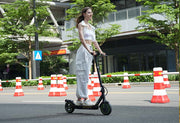
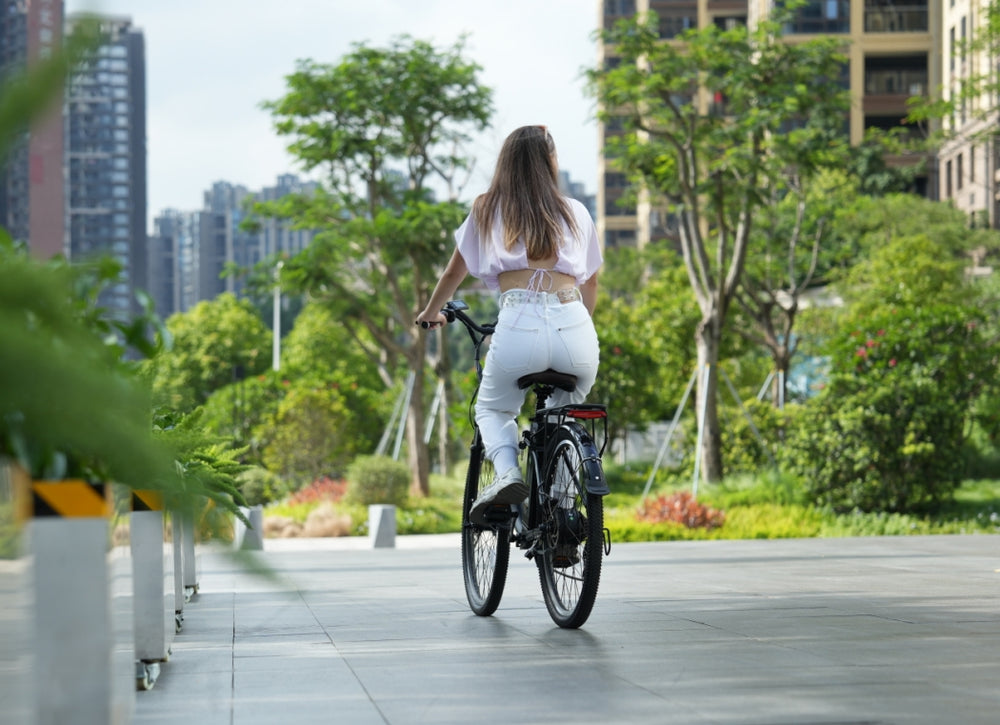
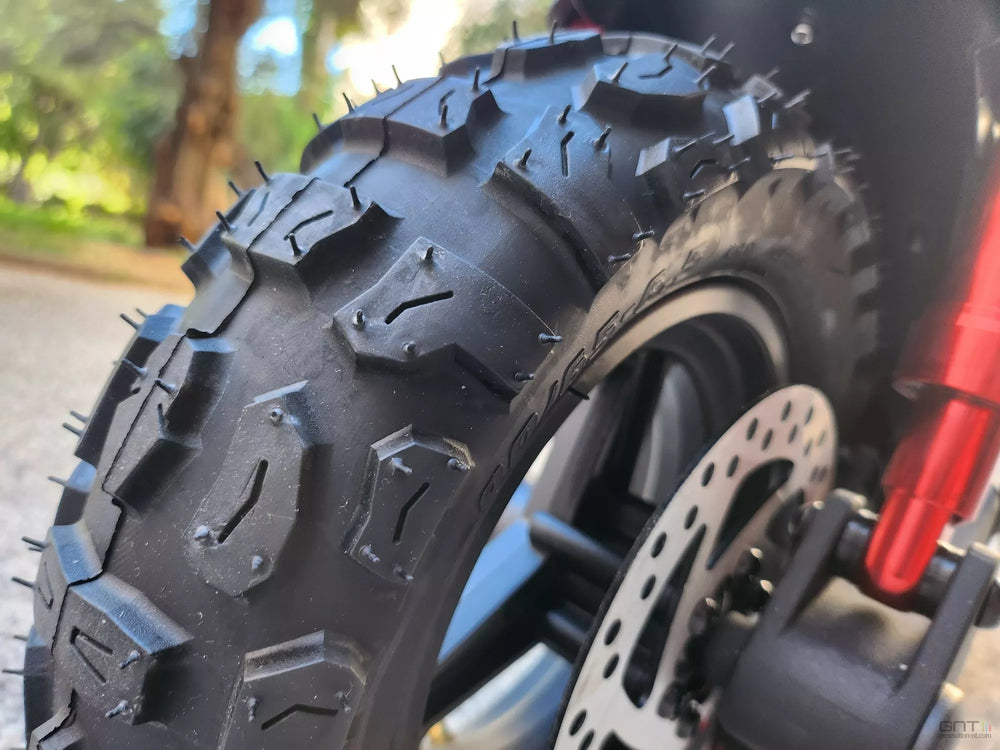
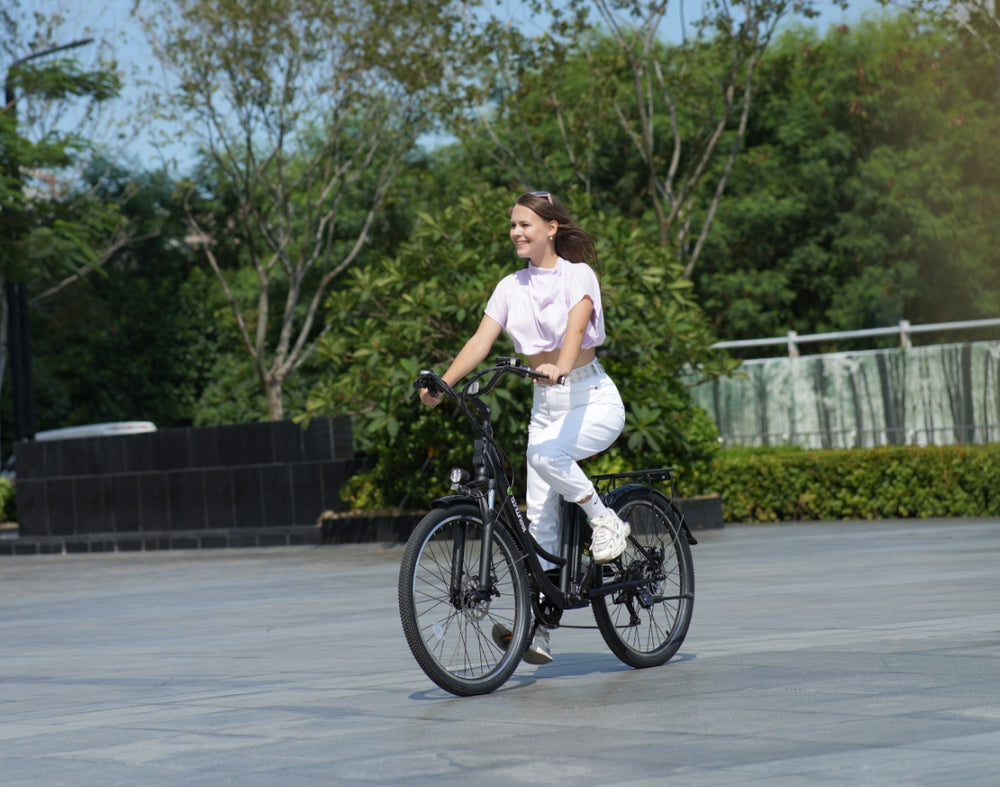

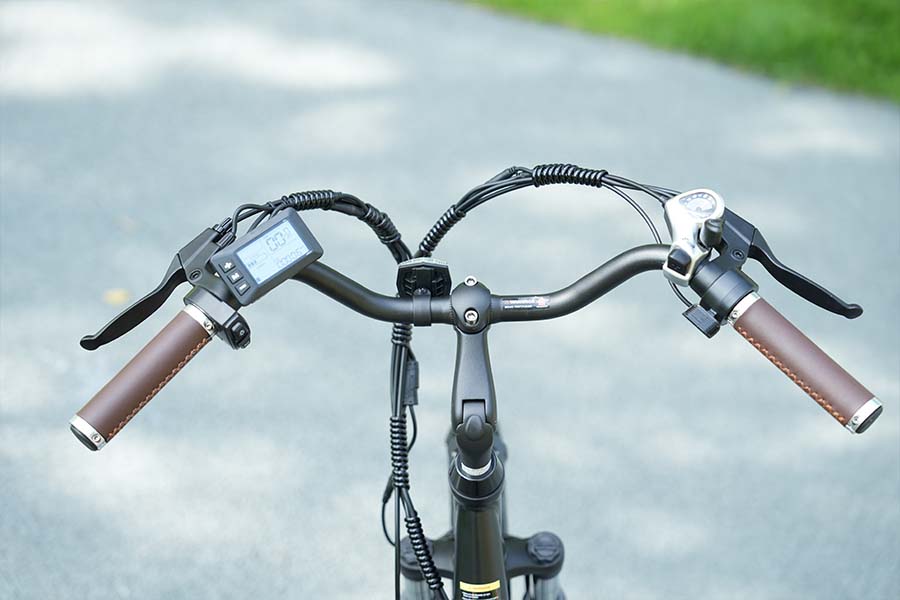
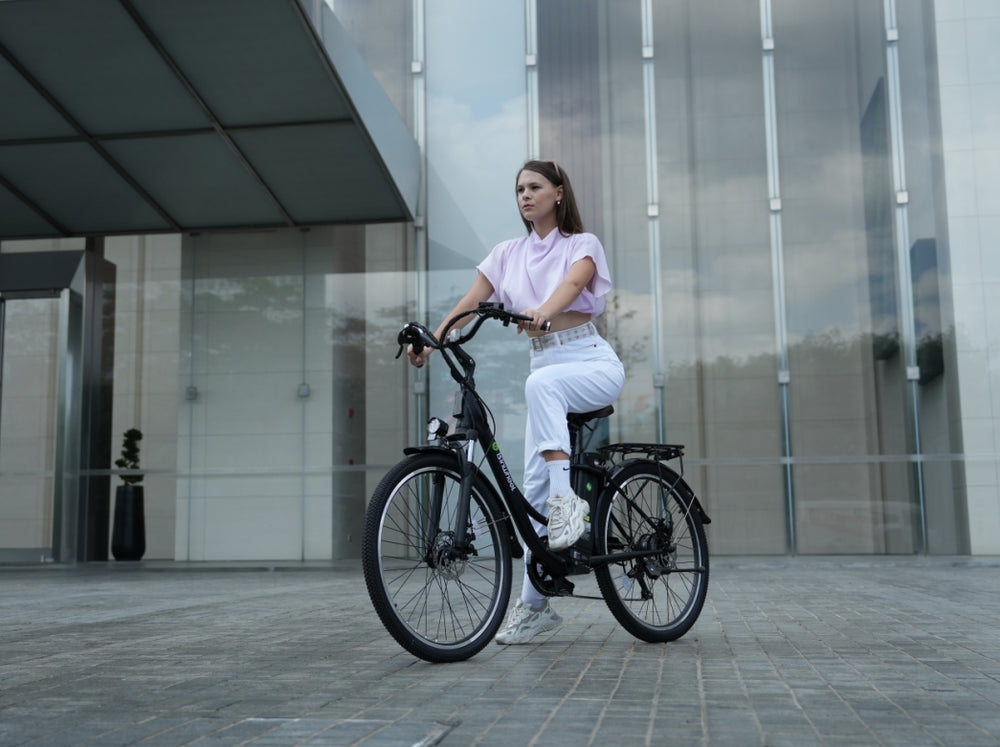
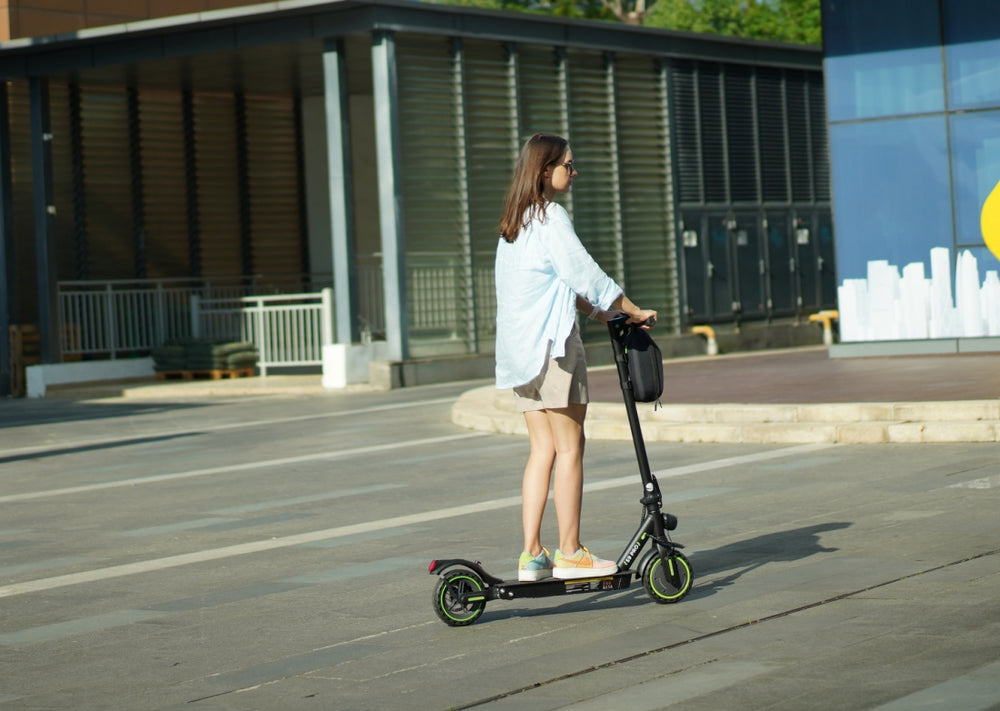
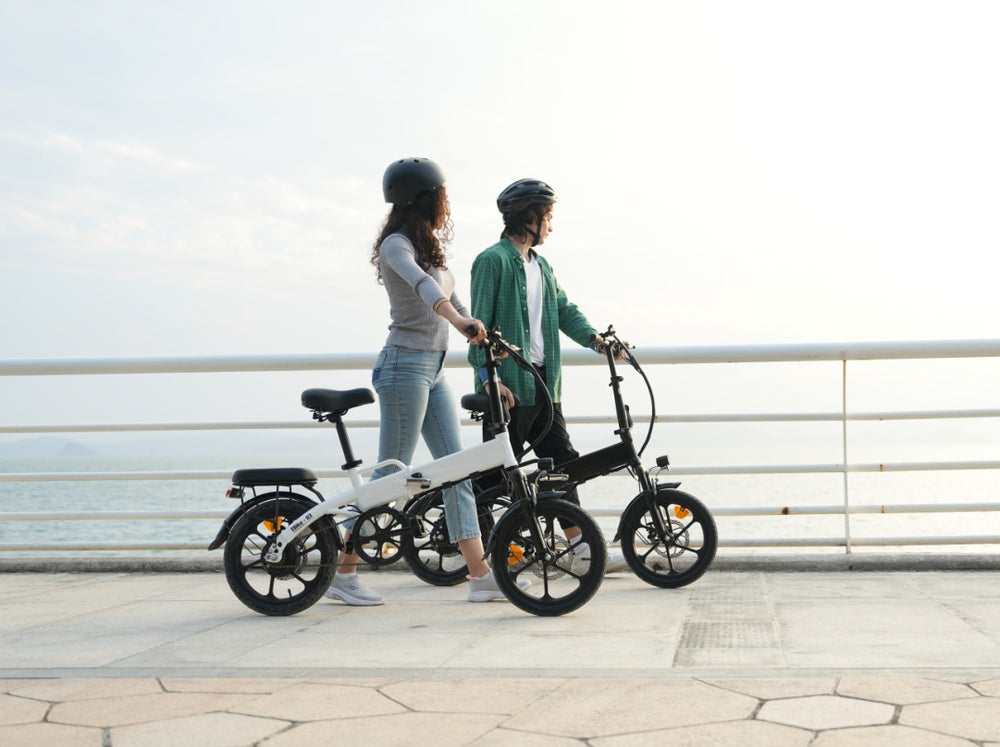
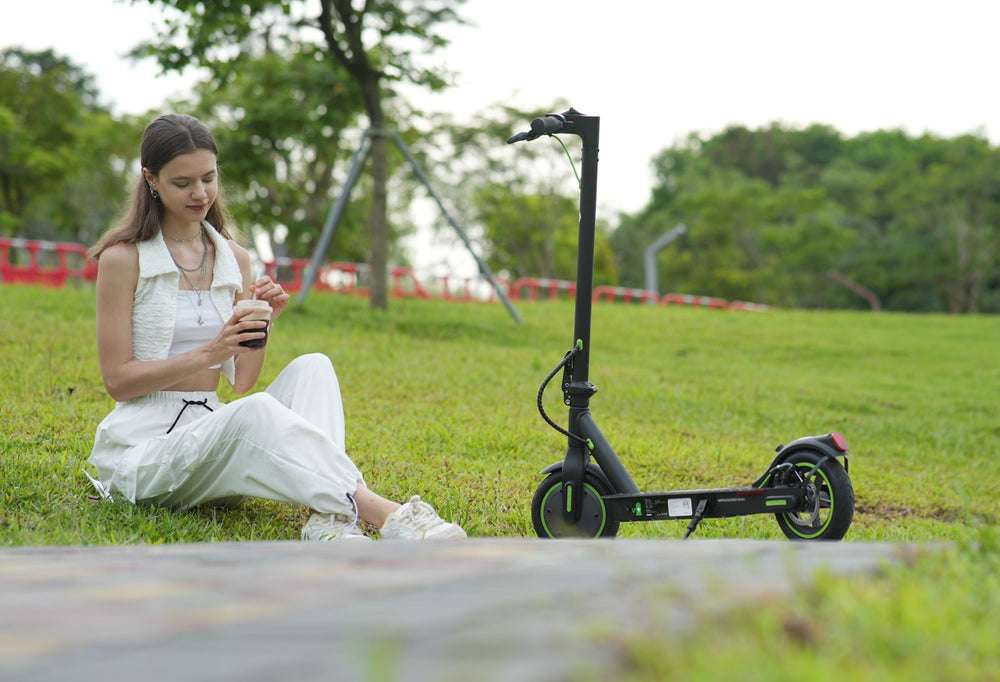
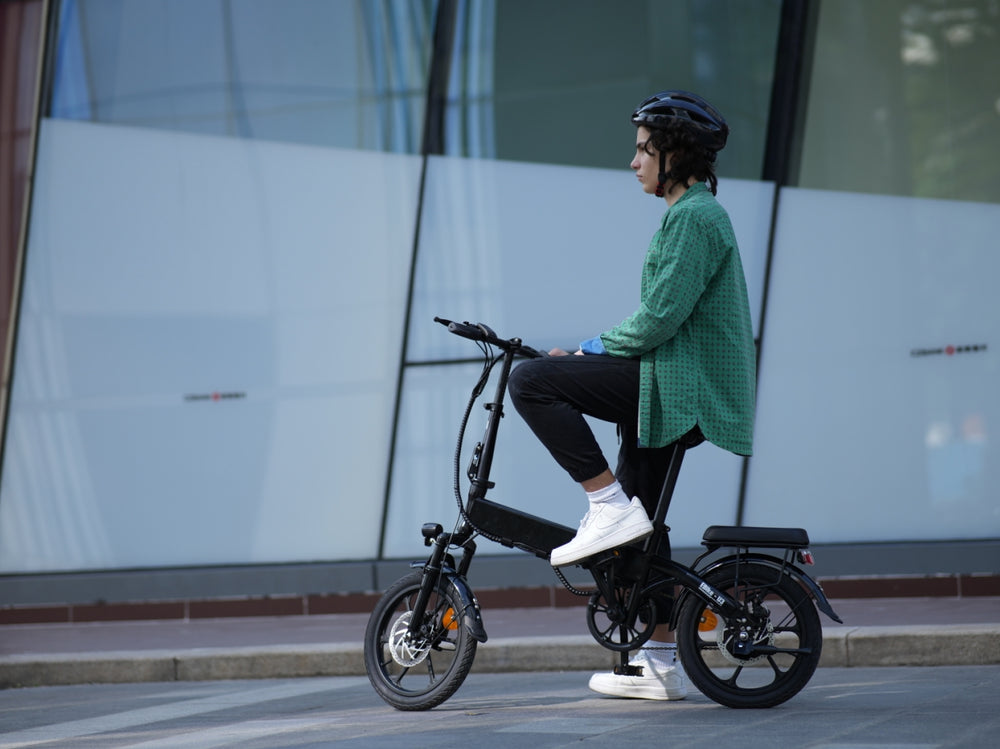

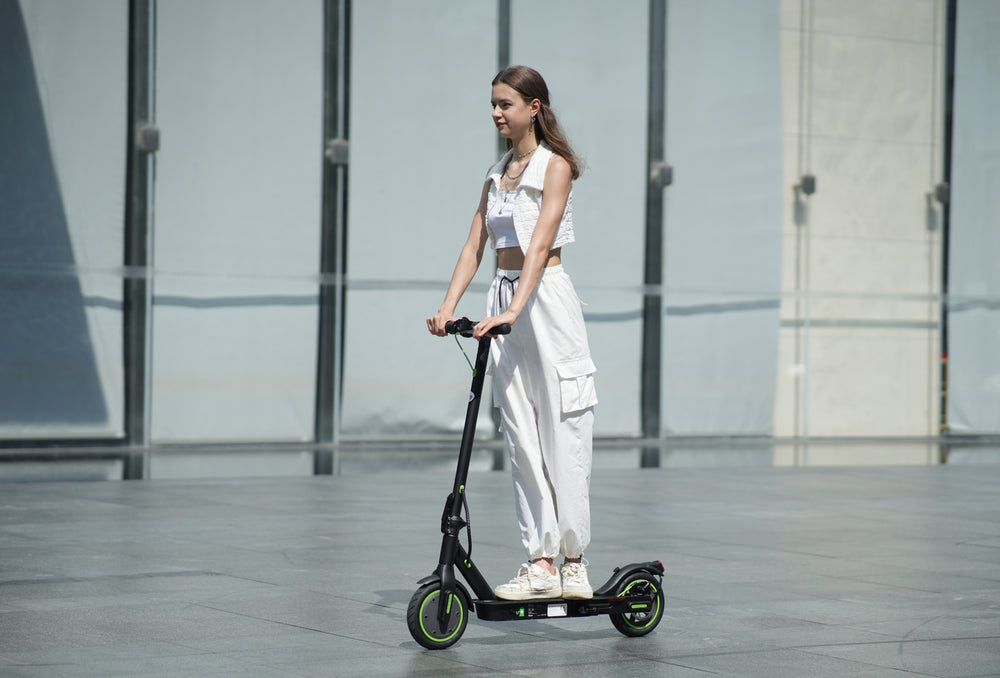
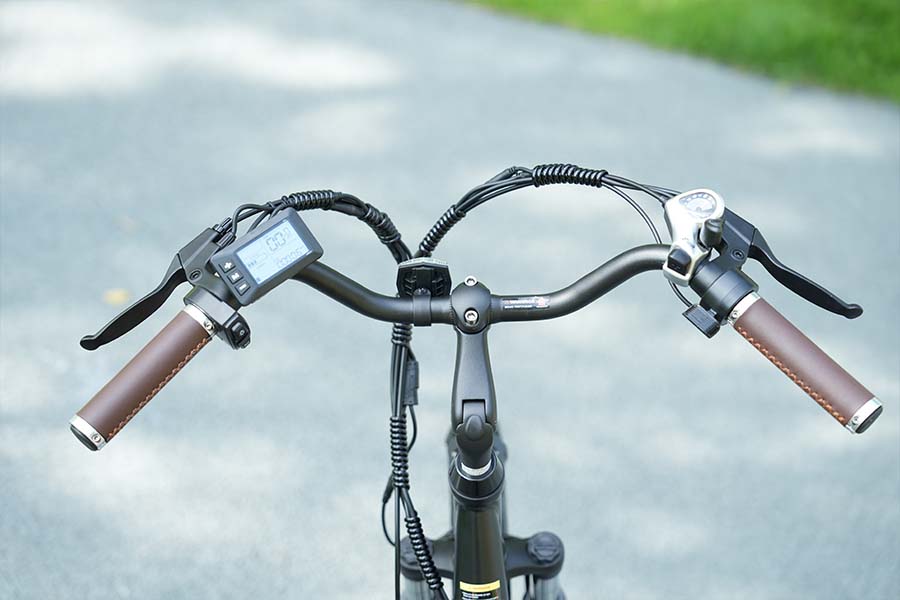
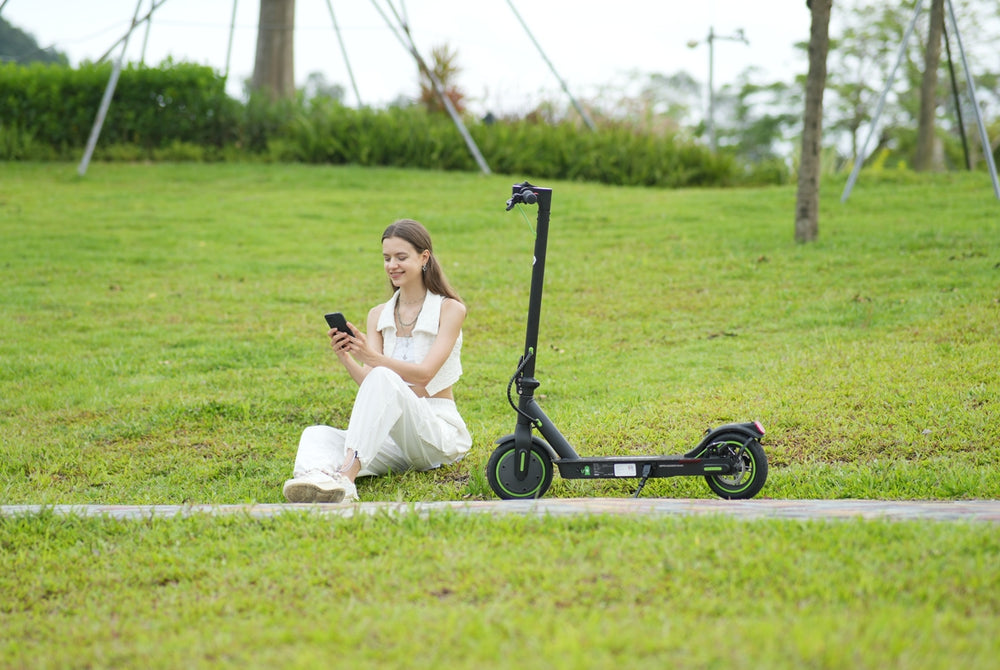
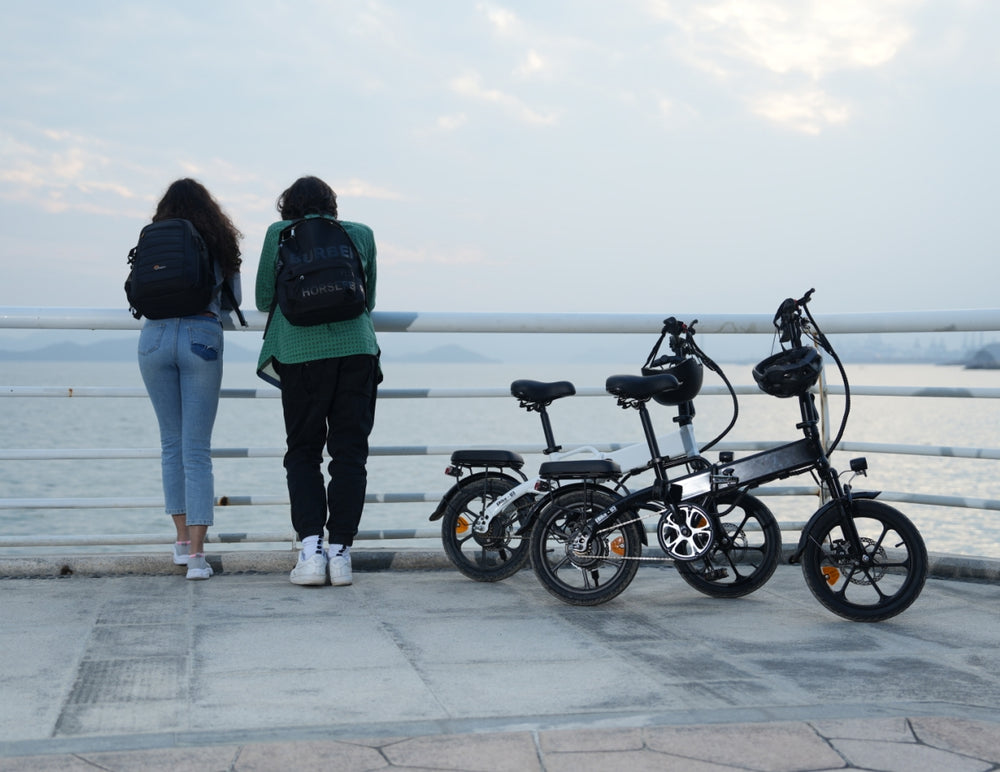
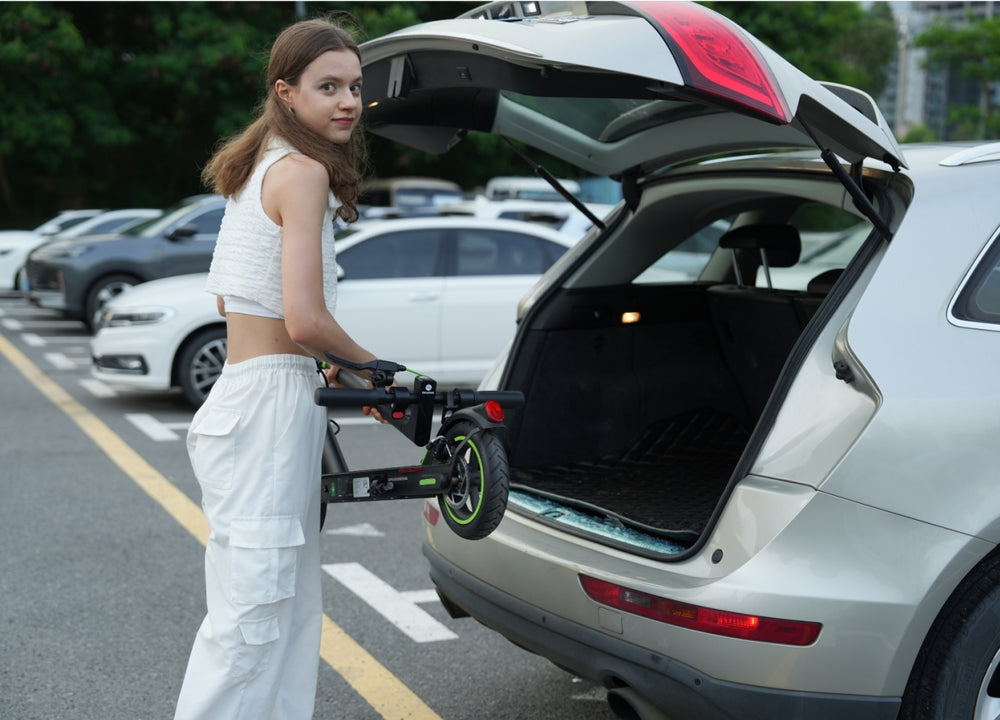
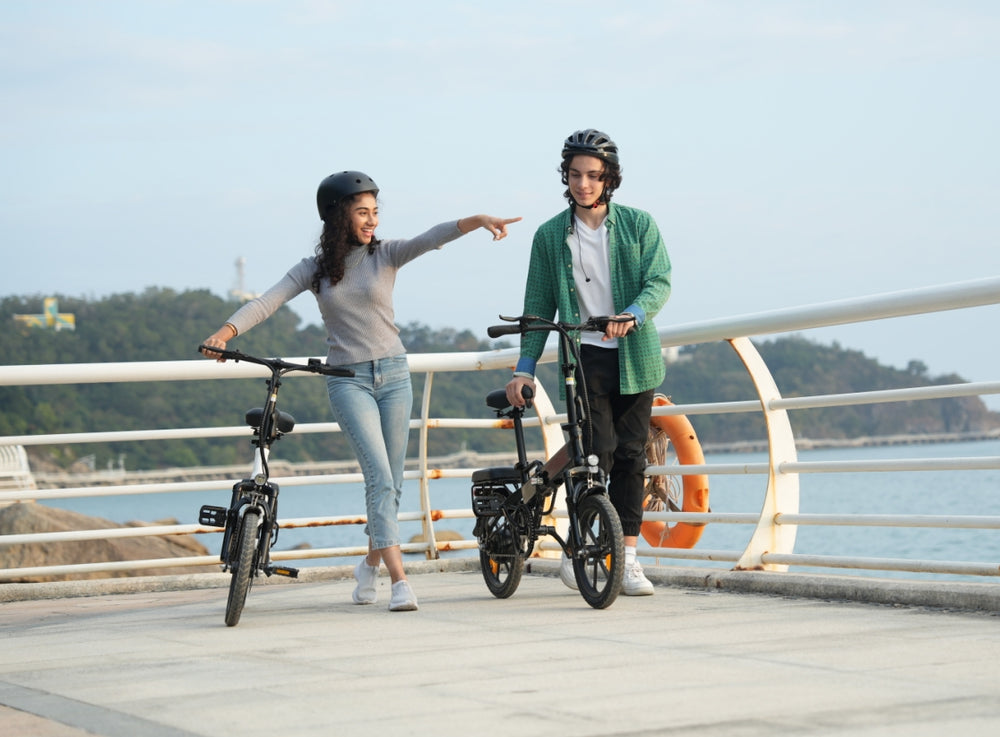
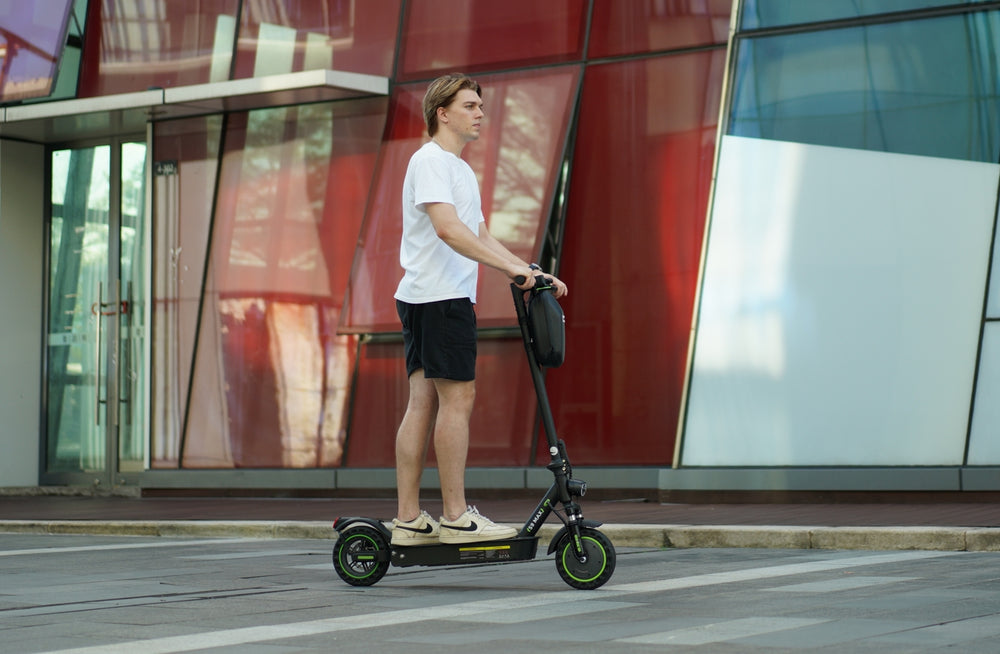
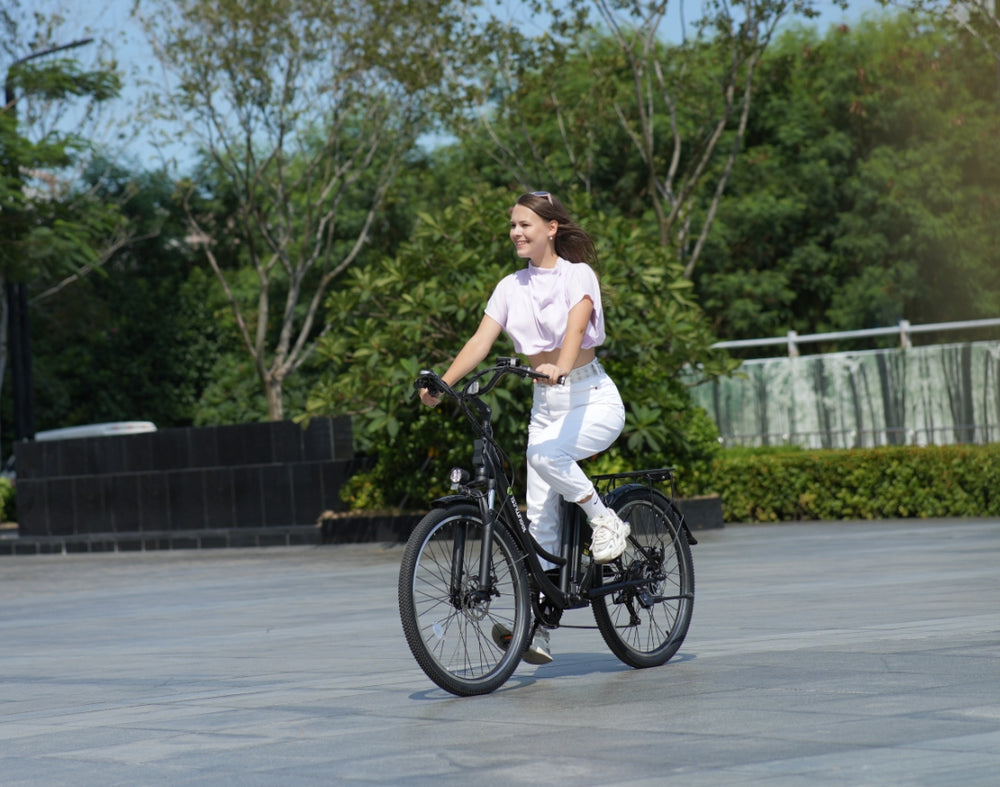
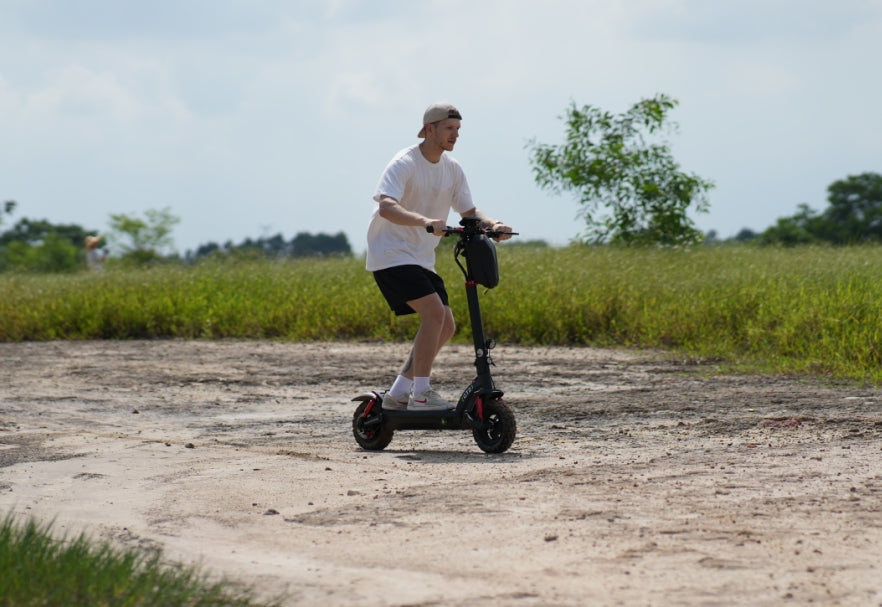
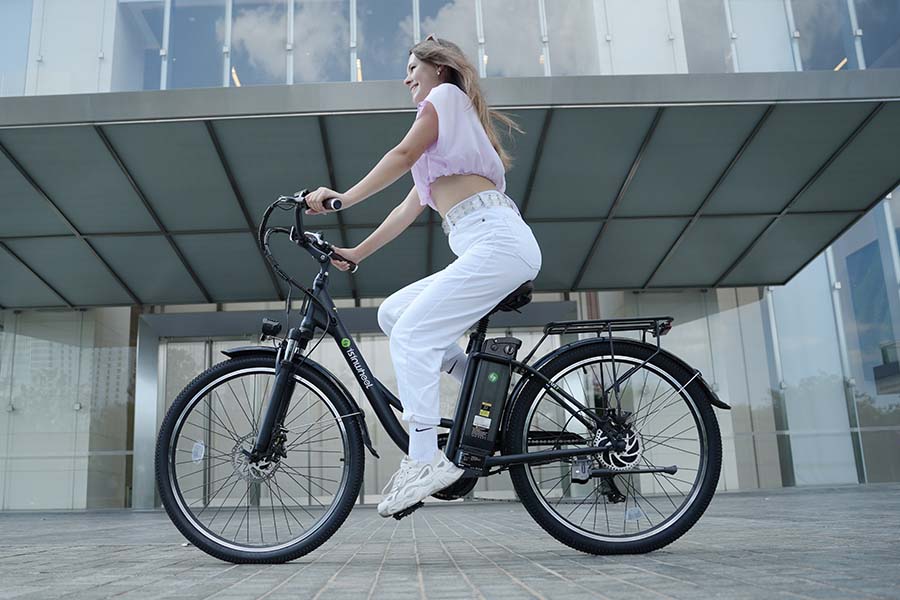
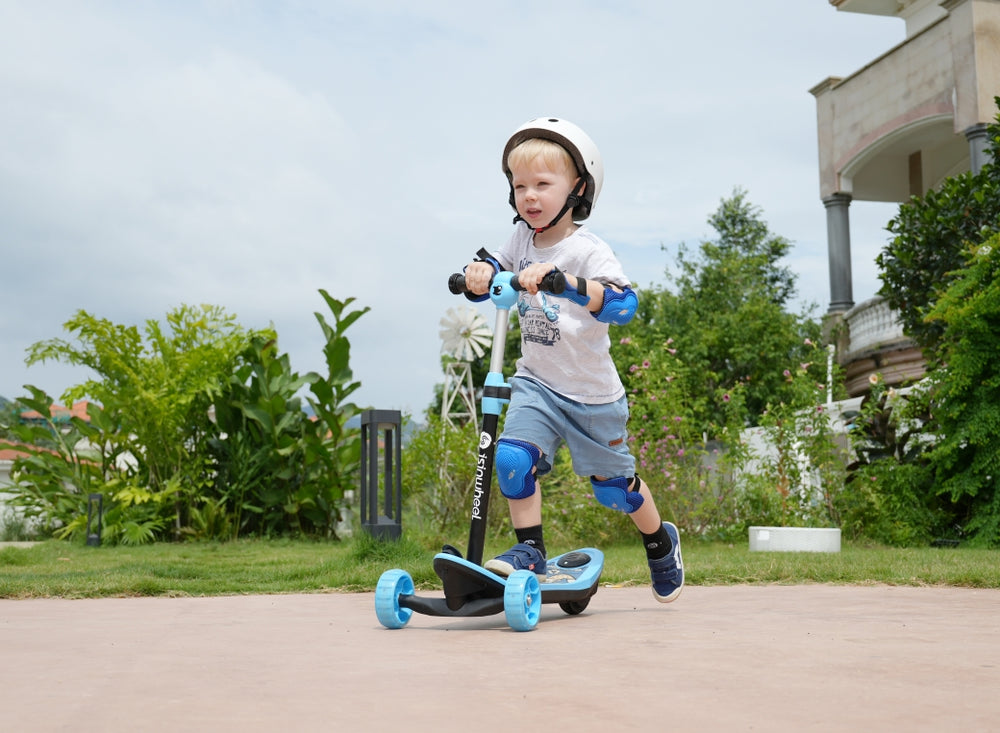
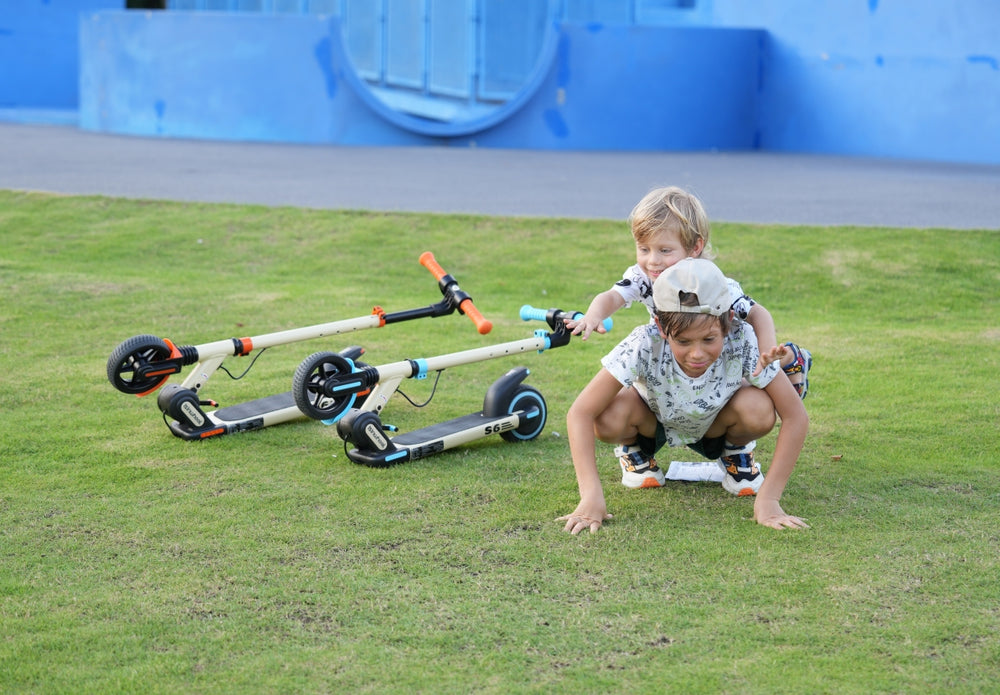
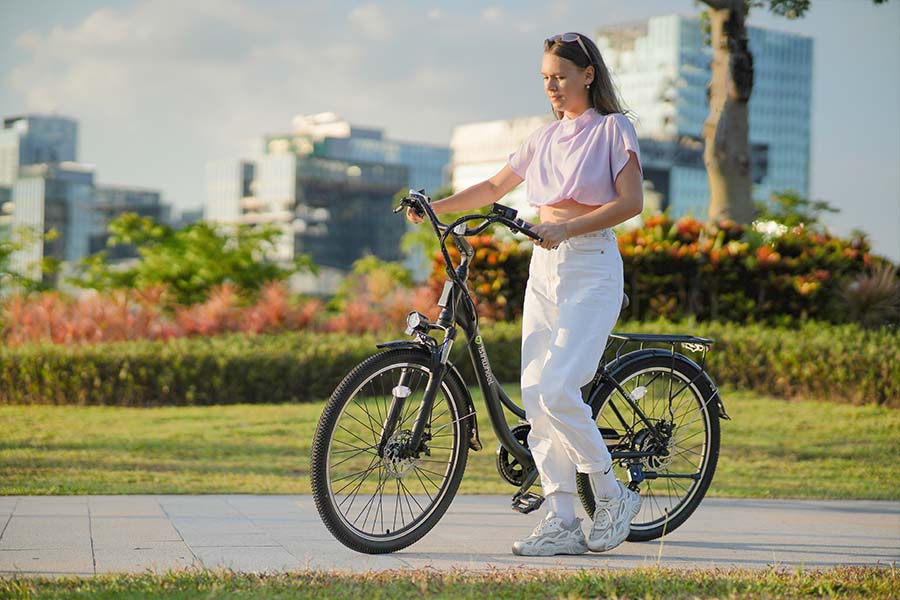
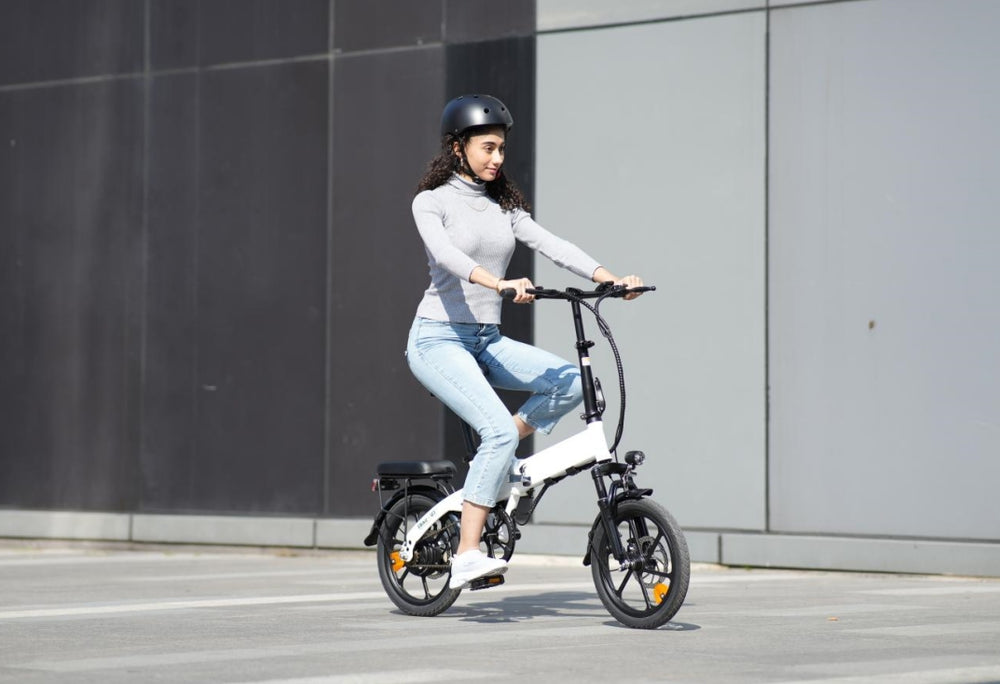
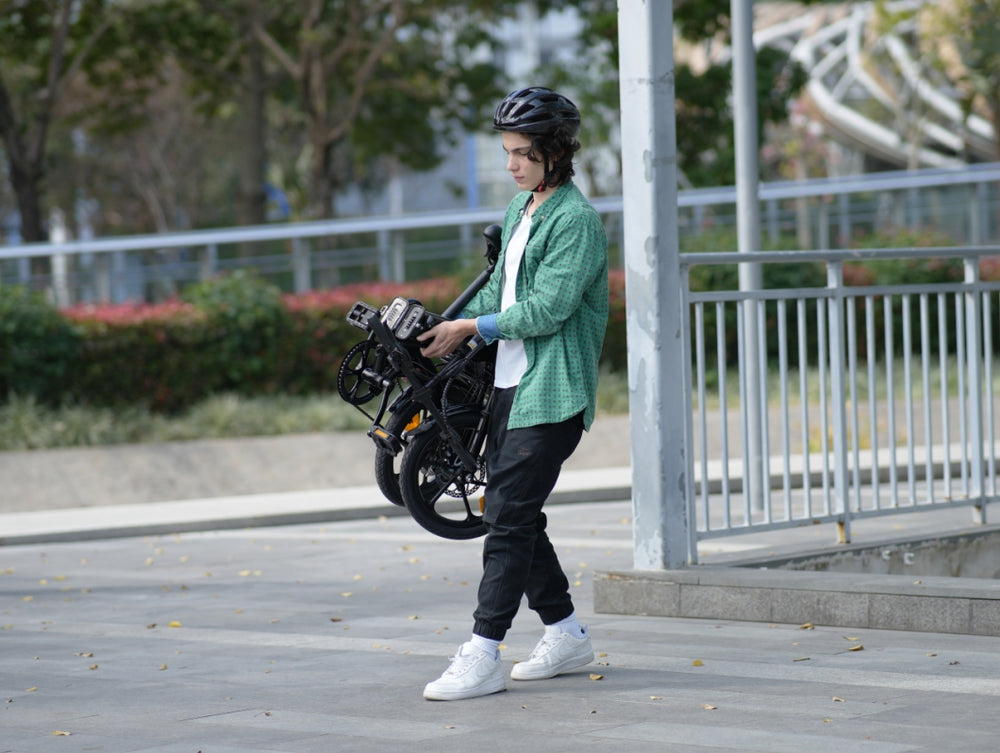
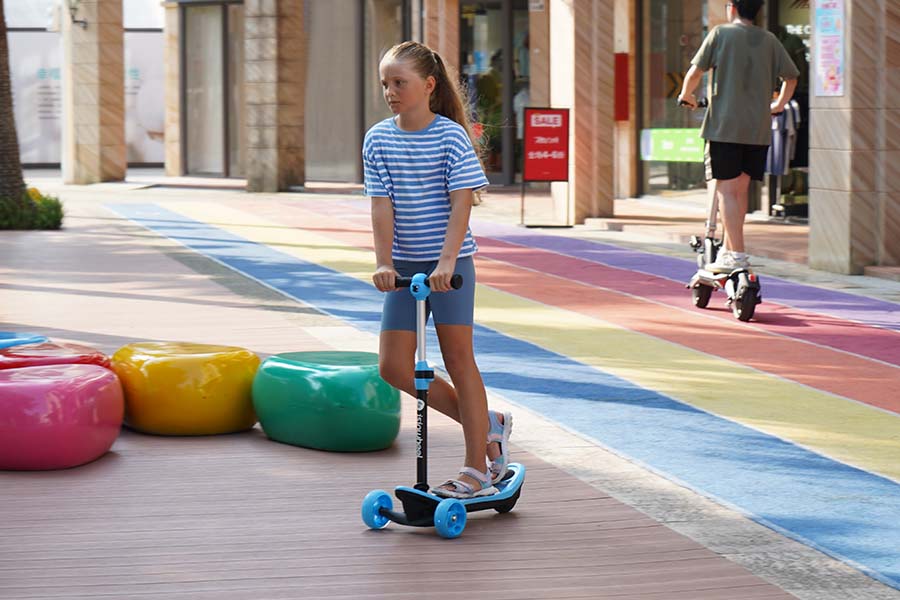

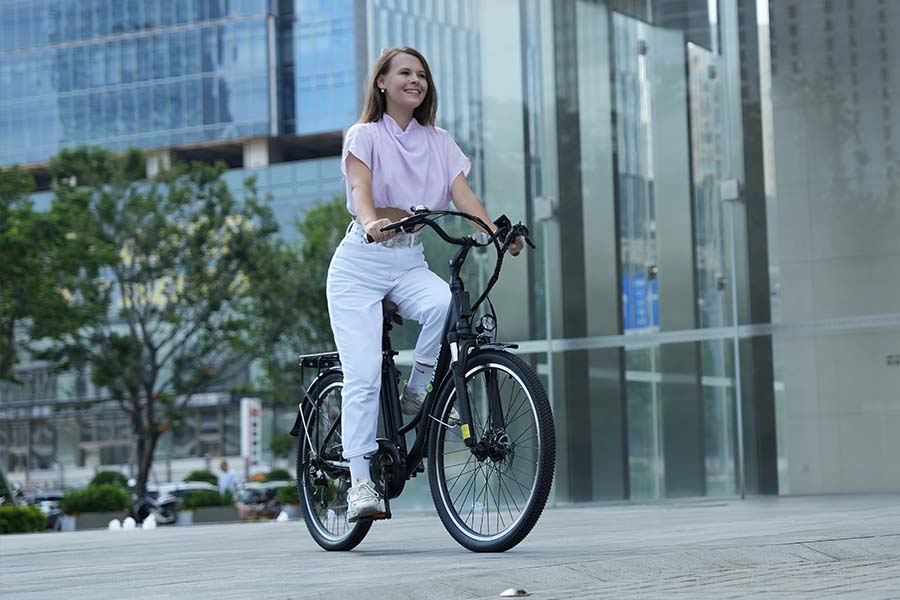
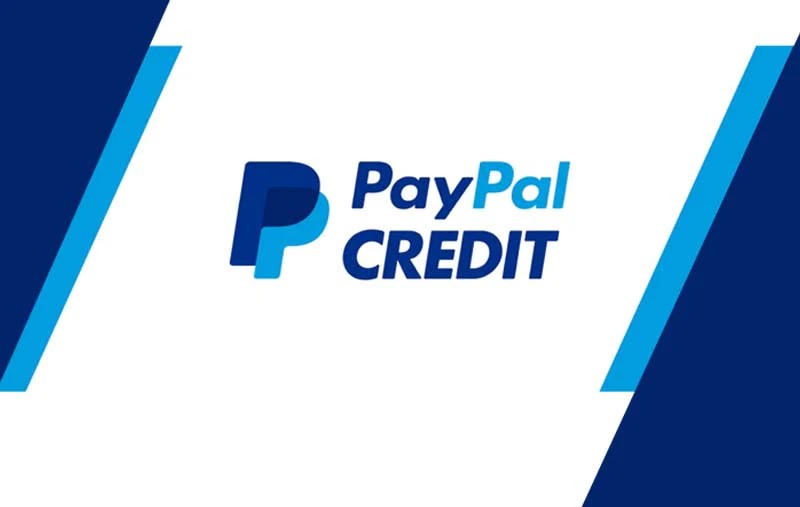
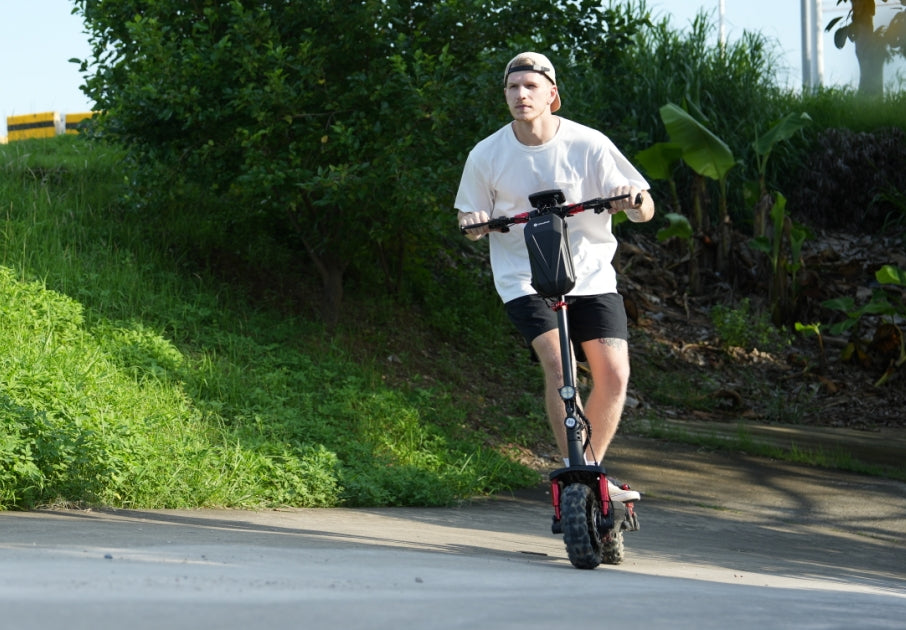
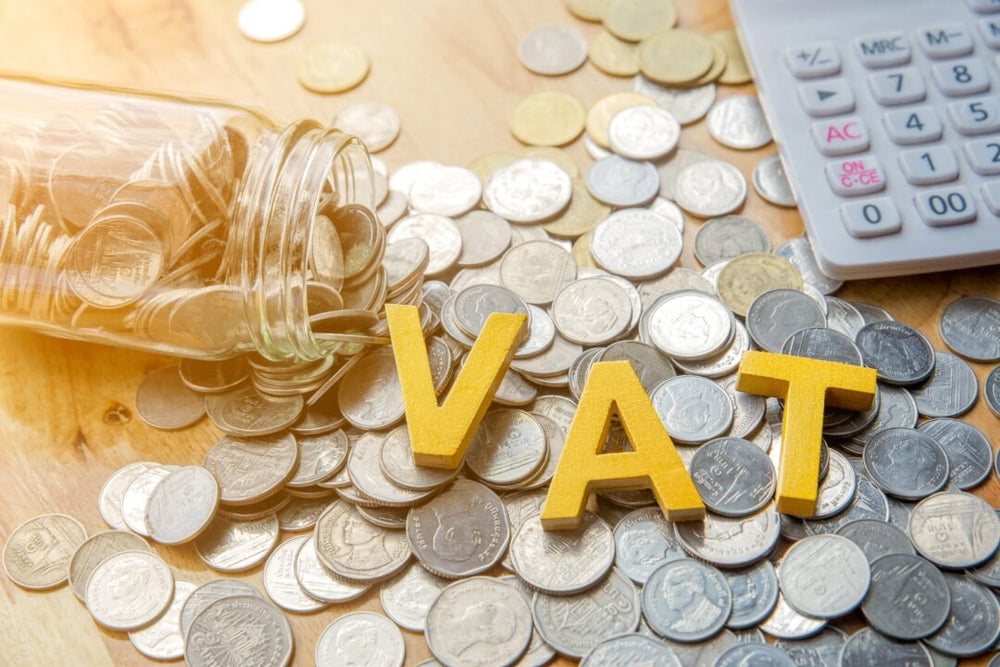


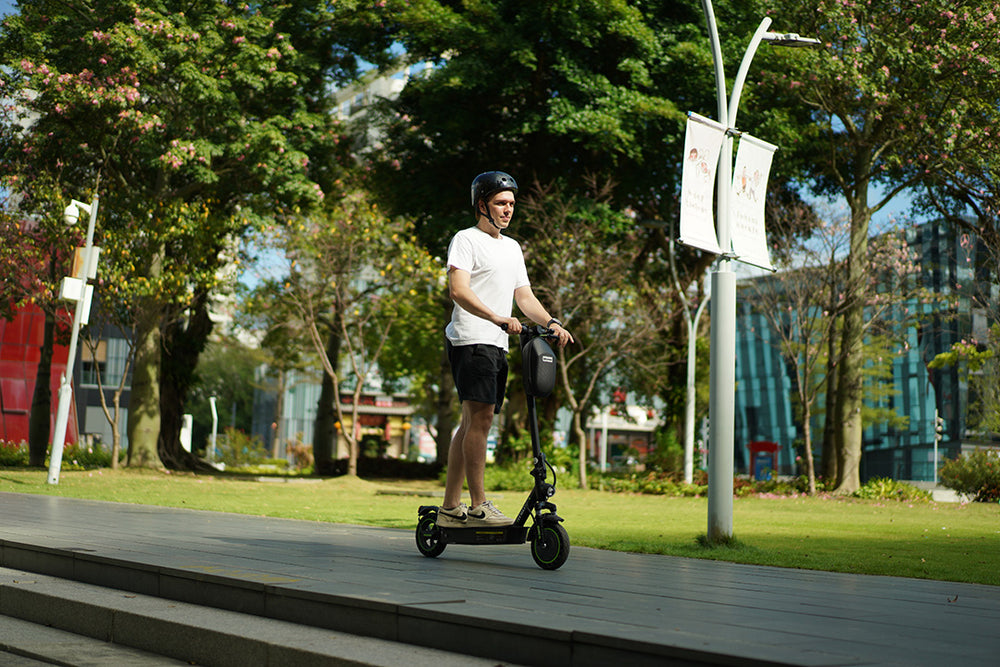
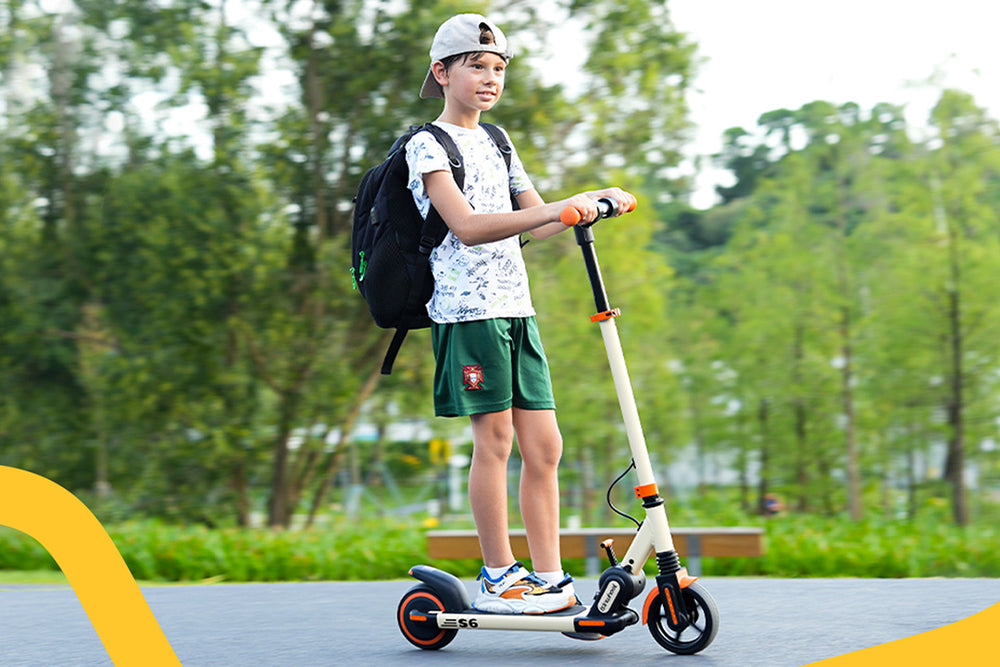
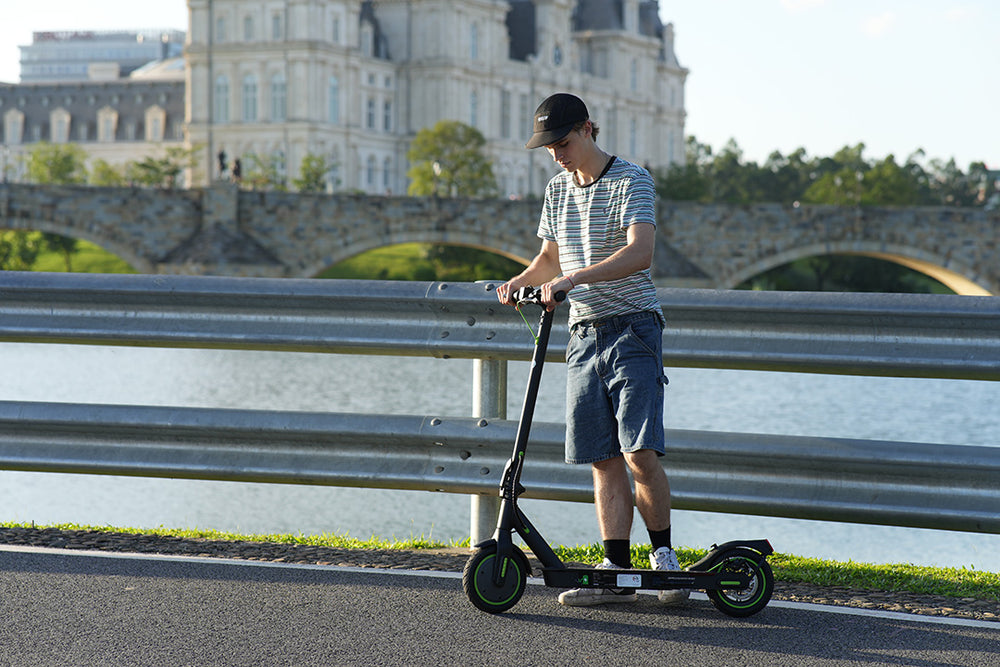
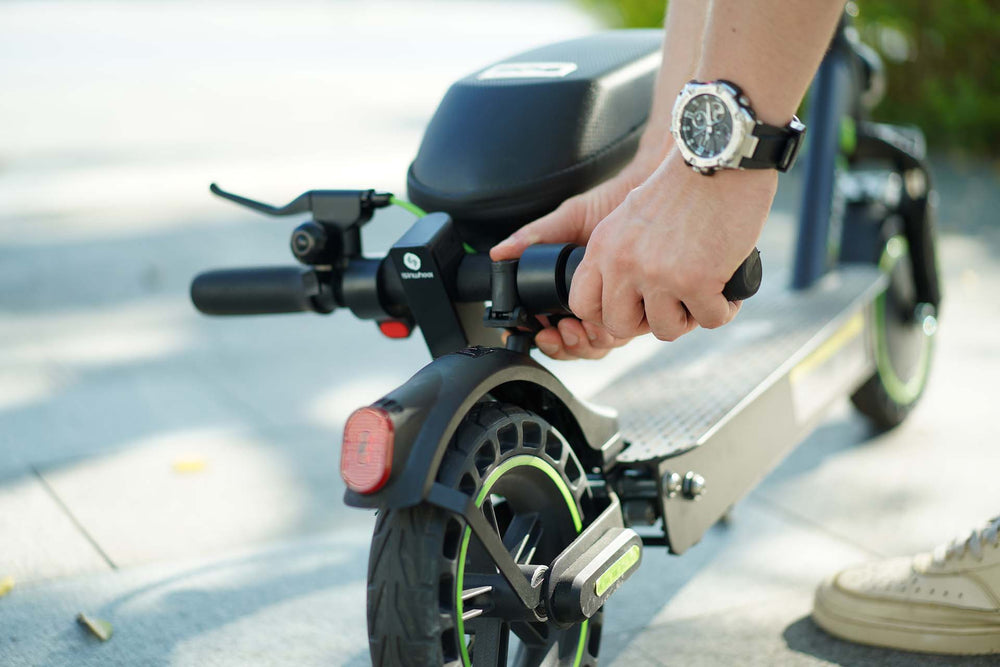
Leave a comment